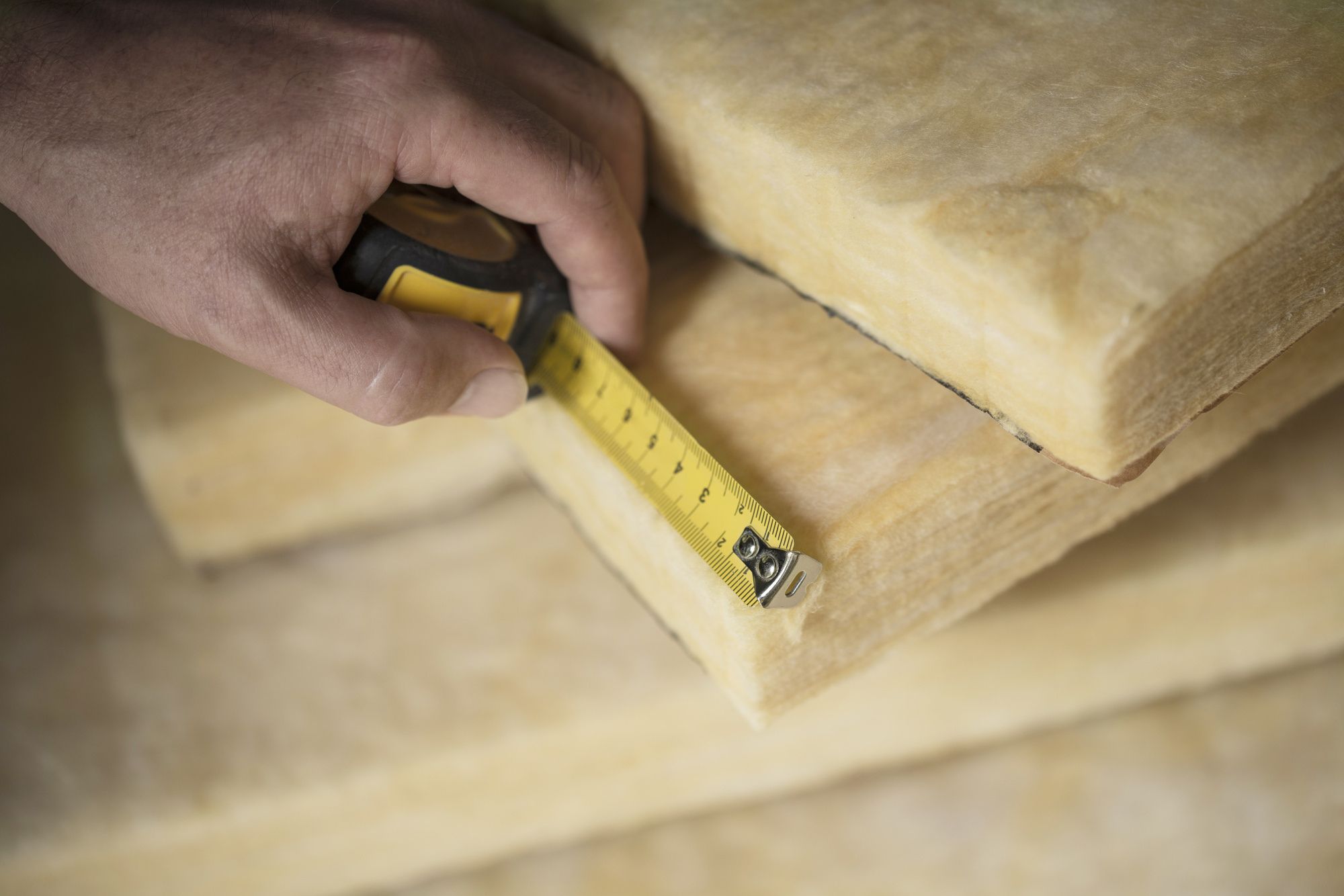

Articles
When To Use Encapsulated Insulation
Modified: February 28, 2024
Discover when to use encapsulated insulation in articles and maximize energy efficiency. Find out the benefits and applications of this insulation method.
(Many of the links in this article redirect to a specific reviewed product. Your purchase of these products through affiliate links helps to generate commission for Storables.com, at no extra cost. Learn more)
Introduction
Insulation is an essential component in any building, providing thermal regulation and energy efficiency. Traditional insulation materials, such as fiberglass and foam, have long been used to create a barrier between the interior and exterior of a structure. However, with advancements in technology, a new type of insulation has emerged – encapsulated insulation.
Encapsulated insulation, also known as encapsulated foam insulation, is a versatile solution that offers numerous benefits over traditional insulation materials. It involves a process where a foam material is coated or “encapsulated” in a protective barrier, typically using a polymer or plastic coating. This encapsulation enhances the insulation’s durability, longevity, and performance.
The purpose of this article is to explore the various benefits of encapsulated insulation, discuss its different types, examine its applications, understand the factors to consider when choosing it, highlight successful case studies, and address common misconceptions surrounding this innovative insulation material.
One of the primary advantages of encapsulated insulation is its improved performance in terms of energy efficiency. The encapsulation process eliminates the potential for air infiltration and reduces heat transfer, leading to significant energy savings. Additionally, its robust thermal insulation properties help maintain a comfortable temperature within a building, reducing dependence on heating and cooling systems.
Beyond energy efficiency benefits, encapsulated insulation also offers enhanced durability and moisture resistance. The protective barrier created by the encapsulation process shields the foam material from moisture intrusion, preventing the growth of mold or mildew. This makes encapsulated insulation particularly useful in areas prone to high humidity or water exposure.
Furthermore, encapsulated insulation is known for its fire-resistant qualities. The protective coating acts as a fire barrier, delaying the spread of flames and reducing the risk of fire-related damage. This can provide crucial safety advantages in both residential and commercial buildings.
In the following sections, we will delve into the different types of encapsulated insulation, explore their applications in various industries, and highlight the factors that should be considered when selecting the right encapsulated insulation product for a particular project.
Key Takeaways:
- Encapsulated insulation offers enhanced energy efficiency, durability, and fire resistance, making it a versatile and reliable choice for various applications in residential, commercial, industrial, and transportation settings.
- Addressing common misconceptions about encapsulated insulation is crucial to ensure accurate information is available, allowing individuals and businesses to make informed decisions when selecting the right insulation material for their specific needs.
Read more: When Was Vermiculite Insulation Used
Benefits of Encapsulated Insulation
Encapsulated insulation offers a range of advantages that make it a preferred choice for many builders and homeowners. Let’s explore some of the key benefits of this innovative insulation material:
- Enhanced Energy Efficiency: Encapsulated insulation provides excellent thermal performance, significantly reducing heat transfer and air infiltration. By creating a well-insulated building envelope, it helps keep the desired temperature stable, reducing the need for heating and cooling systems and resulting in lower energy bills.
- Improved Durability: The protective barrier created by the encapsulation process enhances the insulation’s resistance to wear and tear. It provides a strong layer of defense, preventing damage from moisture, pests, and physical impact, thereby prolonging the lifespan of the insulation.
- Moisture Resistance: Encapsulated insulation is highly resistant to moisture, making it an ideal choice for areas prone to high humidity or water exposure. The moisture-resistant barrier prevents the growth of mold, mildew, and rot, ensuring a healthier indoor environment and protecting the structural integrity of the building.
- Fire-Resistant Properties: The encapsulation process typically involves the use of fire-retardant materials, further enhancing the insulation’s fire resistance. In the event of a fire, encapsulated insulation can help slow down the spread of flames and provide additional time for safe evacuation.
- Improved Indoor Comfort: Encapsulated insulation effectively reduces drafts, cold spots, and heat transfer, creating a more comfortable indoor environment. It helps maintain consistent temperatures throughout the building, ensuring that occupants enjoy a cozy and pleasant living or working space.
- Easy Installation: Encapsulated insulation is designed for easy installation in various applications. Whether it’s for new construction or retrofitting existing buildings, encapsulated insulation can be applied quickly and efficiently, saving time and labor costs.
- Environmentally Friendly: Many encapsulated insulation materials are manufactured using eco-friendly processes and recyclable materials. By choosing encapsulated insulation, you can contribute to sustainability efforts and reduce your carbon footprint.
These benefits make encapsulated insulation an attractive option for a wide range of applications, including residential, commercial, industrial, and agricultural buildings. Its combination of energy efficiency, durability, moisture resistance, and fire resistance makes it a versatile and reliable insulation solution.
Types of Encapsulated Insulation
Encapsulated insulation comes in various forms, each designed to meet specific insulation requirements. Here are some of the commonly used types of encapsulated insulation:
- Spray Foam Insulation: Spray foam encapsulated insulation is a popular choice due to its ability to expand and fill in gaps, cracks, and crevices. It is typically applied using specialized equipment that sprays a mixture of chemicals that react and expand upon contact, creating a tight seal and excellent thermal insulation.
- Rigid Foam Board Insulation: Rigid foam board encapsulated insulation offers high thermal resistance and strength. It is commonly used in applications where durability and moisture resistance are crucial, such as in foundation walls, roofs, and exterior insulation. The rigid foam boards are coated with a protective layer, enhancing their durability and resistance to water damage.
- Fiberglass Insulation: Fiberglass insulation, one of the most commonly used insulation materials, can also be encapsulated for added benefits. The fiberglass material is typically coated with a layer of plastic or polymer, enhancing its thermal resistance, moisture resistance, and durability.
- Cellulose Insulation: Cellulose insulation is made from recycled paper and is known for its eco-friendly properties. It can be encapsulated with a polymer or plastic coating to improve its resistance to moisture, pests, and fire. This type of encapsulated insulation is commonly used in attics, walls, and floors.
- Aerogel Insulation: Aerogel insulation is a highly effective insulation material with exceptional thermal performance. It consists of a gel-like substance that is solidified to create a lightweight and highly insulating material. Encapsulated aerogel insulation offers enhanced durability and moisture resistance, making it suitable for a variety of applications.
Each type of encapsulated insulation has its own unique characteristics, advantages, and ideal applications. It is essential to consider factors such as the building’s location, climate, budget, and specific insulation requirements when selecting the most suitable type of encapsulated insulation.
Consulting with a professional insulation contractor or expert can help you determine the best encapsulated insulation option for your project. They can assess your needs, evaluate the building’s characteristics, and recommend the most appropriate type of encapsulated insulation for optimal energy efficiency and performance.
Applications of Encapsulated Insulation
Encapsulated insulation finds its application in various industries and building types. Its versatility, durability, and enhanced insulation properties make it suitable for a wide range of applications. Here are some of the common uses of encapsulated insulation:
- Residential Buildings: Encapsulated insulation is widely used in residential buildings, whether new constructions or existing homes. It is ideal for insulating walls, attics, basements, and crawlspaces, helping homeowners improve energy efficiency, reduce heating and cooling costs, and enhance indoor comfort.
- Commercial Buildings: Commercial structures, such as offices, retail spaces, and schools, can benefit greatly from encapsulated insulation. It provides energy-saving solutions and helps create a comfortable and productive environment for occupants. Encapsulated insulation can be applied to roofs, walls, floors, and HVAC systems, enhancing overall building performance.
- Industrial Facilities: Industrial buildings, including warehouses, factories, and manufacturing plants, often require insulation solutions that can withstand harsh conditions and provide thermal regulation. Encapsulated insulation can be used for insulation in industrial applications where moisture resistance, durability, and fire resistance are essential.
- Agricultural Structures: Encapsulated insulation is also suitable for agricultural buildings, such as barns, poultry houses, and greenhouses. These structures require insulation that can withstand fluctuating temperatures, humidity, and moisture. Encapsulated insulation helps maintain optimal climate conditions for livestock, crops, and plants and protects the building structure from moisture damage.
- Transportation: Encapsulated insulation is utilized in various modes of transportation, including automobiles, aircraft, and ships. It helps provide thermal and acoustic insulation, improving energy efficiency, reducing noise levels, and enhancing passenger comfort. Encapsulated insulation materials can be used in vehicle cabin insulation, engine compartments, and cargo holds.
- Cold Storage Facilities: Encapsulated insulation is often used in cold storage facilities, such as warehouses and refrigerated trucks, where maintaining consistent low temperatures is essential. The insulation’s moisture resistance, durability, and thermal properties help prevent temperature fluctuations, ensuring the freshness and quality of stored goods.
These are just a few examples of the many potential applications of encapsulated insulation. Its versatility makes it suitable for both residential and commercial projects, across various industries and environments. Properly installed and selected encapsulated insulation can provide long-term benefits, including energy savings, enhanced comfort, and protection against moisture and fire.
It is important to consult with insulation specialists or contractors to determine the most appropriate encapsulated insulation material and installation method for your specific application. They can help assess the insulation requirements and recommend the best solution to meet your needs and achieve optimal results.
Tip: Use encapsulated insulation in areas with high moisture or potential for damage, such as basements or crawl spaces. It provides a protective barrier and helps prevent mold and mildew growth.
Factors to Consider When Choosing Encapsulated Insulation
When selecting encapsulated insulation for your project, it is crucial to consider several factors to ensure you choose the most suitable option. Here are some key factors to keep in mind:
- Insulation Needs: Assess the specific insulation needs of your project. Consider factors such as the desired R-value (thermal resistance), moisture resistance, fire resistance, and acoustic properties. Different types of encapsulated insulation offer varying levels of performance in these areas, so it is important to align your requirements with the capabilities of the insulation material.
- Building Type and Use: Consider the type of building and its purpose. Residential, commercial, industrial, and agricultural buildings have different insulation requirements. Factors such as climate, occupancy levels, and building codes also influence insulation needs. For example, a warehouse may require insulation that can withstand high humidity, while an office building may prioritize acoustic insulation.
- Environmental Considerations: Evaluate the environmental impact of the encapsulated insulation material. Look for materials that are eco-friendly, made from recycled content, and have low VOC (volatile organic compound) emissions. Consider the sustainability and recyclability of the insulation material to reduce your project’s carbon footprint.
- Budget: Assess your budget constraints and find an encapsulated insulation solution that aligns with your financial resources. Consider the upfront cost of the insulation material as well as its long-term benefits, such as energy savings and durability. It is important to strike a balance between cost-effectiveness and performance.
- Installation Requirements: Understand the installation process and requirements for the chosen encapsulated insulation type. Some materials may require professional installation, while others can be easily installed as a DIY project. Consider the expertise and resources available to you for proper installation to ensure optimal performance.
- Longevity and Maintenance: Evaluate the expected lifespan and maintenance requirements of the encapsulated insulation. Some materials may require periodic inspections or upkeep to retain their effectiveness and durability. Consider the long-term costs associated with maintenance and factor this into your decision-making process.
By carefully considering these factors, you can make an informed decision when choosing encapsulated insulation for your project. Consulting with insulation specialists or contractors can provide valuable insights and guidance based on their expertise and experience. They can help you select the most appropriate encapsulated insulation material and ensure proper installation, resulting in optimal energy efficiency, comfort, and performance for your building.
Read more: When Was Insulation First Used In Homes
Case Studies: Successful Use of Encapsulated Insulation
Real-life examples of successful applications of encapsulated insulation highlight the benefits and effectiveness of this innovative insulation material. Let’s explore a couple of case studies that demonstrate the positive impact of encapsulated insulation:
- Residential Retrofit:
- Industrial Warehouse:
In a suburban neighborhood, a homeowner decided to upgrade the insulation in their 30-year-old home to improve energy efficiency and overall comfort. The encapsulated insulation was chosen due to its excellent thermal resistance, durability, and moisture resistance. The insulation contractor applied spray foam encapsulated insulation to the attic and walls.
The results were remarkable. The encapsulated insulation created a tight seal, eliminating air leaks and reducing heat transfer. The homeowners noticed an immediate improvement in the indoor comfort of their home, with consistent temperatures and reduced drafts. Additionally, the encapsulated insulation provided significant energy savings, resulting in lower monthly heating and cooling bills.
An industrial warehouse required insulation to regulate temperature and protect stored goods from moisture damage. Encapsulated rigid foam board insulation was selected for its durability and moisture resistance. The insulation was installed throughout the walls and roof of the warehouse.
The encapsulated insulation provided excellent thermal insulation, maintaining stable temperatures within the warehouse despite extreme external weather conditions. The moisture-resistant barrier prevented condensation and mold growth, protecting the goods stored inside. This insulation solution significantly reduced energy costs and improved product quality.
These case studies highlight the successful use of encapsulated insulation in various settings. Whether it’s a residential retrofit or an industrial warehouse, encapsulated insulation has proven to be a reliable solution for improving energy efficiency, enhancing comfort, and protecting against moisture damage.
These examples also emphasize the importance of selecting the right type of encapsulated insulation and ensuring proper installation. Consulting with insulation experts who have experience in similar projects can help ensure the best results for your specific application.
As encapsulated insulation continues to gain popularity, more case studies and success stories will undoubtedly emerge, demonstrating the wide range of benefits and applications of this innovative insulation material.
Common Misconceptions About Encapsulated Insulation
Like any other product or technology, encapsulated insulation is not immune to misconceptions and misunderstandings. It’s important to address these misconceptions to ensure that accurate information is available when making decisions regarding insulation choices. Let’s debunk some of the common misconceptions about encapsulated insulation:
- Encapsulated Insulation Traps Moisture:
- Encapsulated Insulation Causes Indoor Air Quality Issues:
- Encapsulated Insulation is Expensive:
- Encapsulated Insulation is Only Suitable for New Construction:
- Encapsulated Insulation is Difficult to Install:
One common misconception is that encapsulated insulation creates a moisture trap, leading to mold and moisture-related issues. In reality, encapsulation acts as a protective barrier, enhancing moisture resistance. It prevents water infiltration and provides an extra layer of defense against moisture-related problems, such as mold or rot.
Some people believe that encapsulated insulation negatively affects indoor air quality by releasing harmful chemicals. In truth, encapsulated insulation materials undergo rigorous testing to ensure their safety and compliance with industry standards. They are designed to have low VOC emissions and are safe when installed correctly.
There is a misconception that encapsulated insulation is always more expensive than traditional insulation options. While it may have a higher upfront cost, encapsulated insulation offers long-term benefits such as energy savings and durability, making it cost-effective in the long run. Additionally, the overall cost depends on factors such as the size of the project and the chosen insulation material.
Another misconception is that encapsulated insulation is only applicable for new construction projects. In reality, encapsulated insulation can be used in both new construction and retrofitting applications. It is versatile and can be installed in existing buildings to improve energy efficiency and comfort.
Some believe that encapsulated insulation requires complex and specialized installation processes, making it challenging for DIY projects. While professional installation by insulation experts is recommended for optimal results, some encapsulated insulation materials are designed to be easily installed by homeowners or contractors with basic knowledge and tools.
It is important to separate fact from fiction when considering encapsulated insulation for your project. Consulting with insulation professionals can help clarify any misconceptions and provide accurate information regarding the benefits, installation, and performance of encapsulated insulation.
By addressing these misconceptions, we can ensure that individuals and businesses have accurate information to make informed decisions about choosing the right insulation material for their specific needs.
Conclusion
Encapsulated insulation is a game-changer in the world of insulation, offering numerous benefits over traditional insulation materials. Its enhanced energy efficiency, durability, moisture resistance, and fire resistance make it a versatile and reliable choice for a wide range of applications. Through the encapsulation process, insulation materials such as spray foam, rigid foam board, fiberglass, cellulose, and aerogel are coated with a protective barrier, improving their performance and longevity.
When considering encapsulated insulation, it is important to assess your specific insulation needs, the type of building, and its intended use. Factors such as climate, budget, installation requirements, and environmental considerations should be taken into account. Consulting with insulation specialists can help you make an informed decision and select the most appropriate encapsulated insulation material for your project.
Real-life case studies demonstrate the successful use of encapsulated insulation in different settings, including residential homes, commercial buildings, industrial facilities, and transportation. These success stories highlight the positive impact of encapsulated insulation on energy efficiency, comfort, and protection against moisture damage.
It is essential to address common misconceptions surrounding encapsulated insulation to ensure accurate information is available. Contrary to misconceptions, encapsulated insulation does not trap moisture, it does not cause indoor air quality issues, and it is not always prohibitively expensive. Encapsulated insulation can be installed in both new constructions and retrofitting projects, and while professional installation is recommended, some materials can be installed by homeowners or contractors with basic knowledge and tools.
In conclusion, encapsulated insulation is a reliable and effective solution for improving energy efficiency, enhancing comfort, and protecting buildings from moisture and fire. By understanding its benefits, types, applications, factors to consider, and debunking common misconceptions, individuals and businesses can make informed decisions when selecting encapsulated insulation for their projects. Embracing encapsulated insulation can lead to significant energy savings, increased durability, improved indoor comfort, and a more sustainable built environment.
Frequently Asked Questions about When To Use Encapsulated Insulation
Was this page helpful?
At Storables.com, we guarantee accurate and reliable information. Our content, validated by Expert Board Contributors, is crafted following stringent Editorial Policies. We're committed to providing you with well-researched, expert-backed insights for all your informational needs.
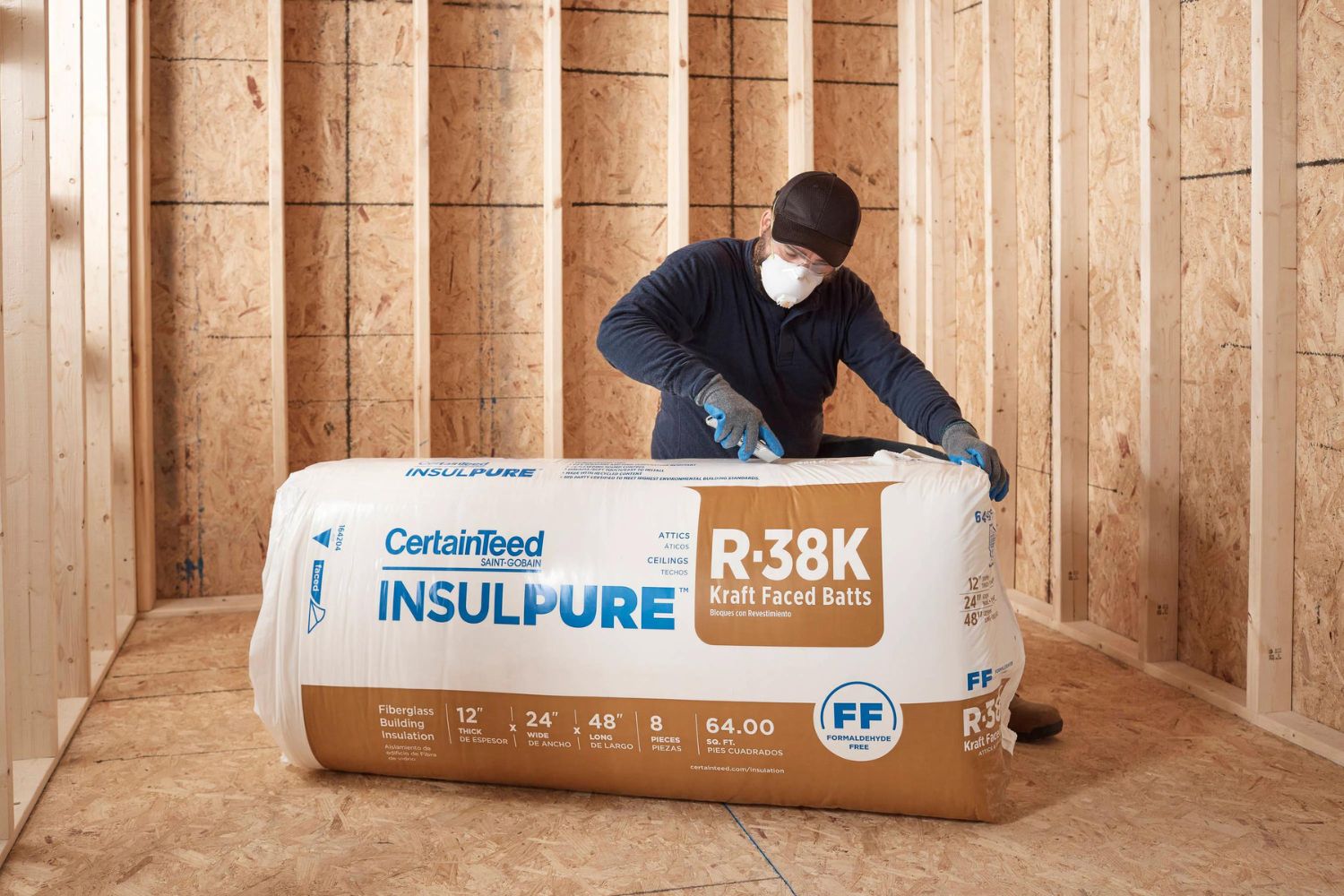
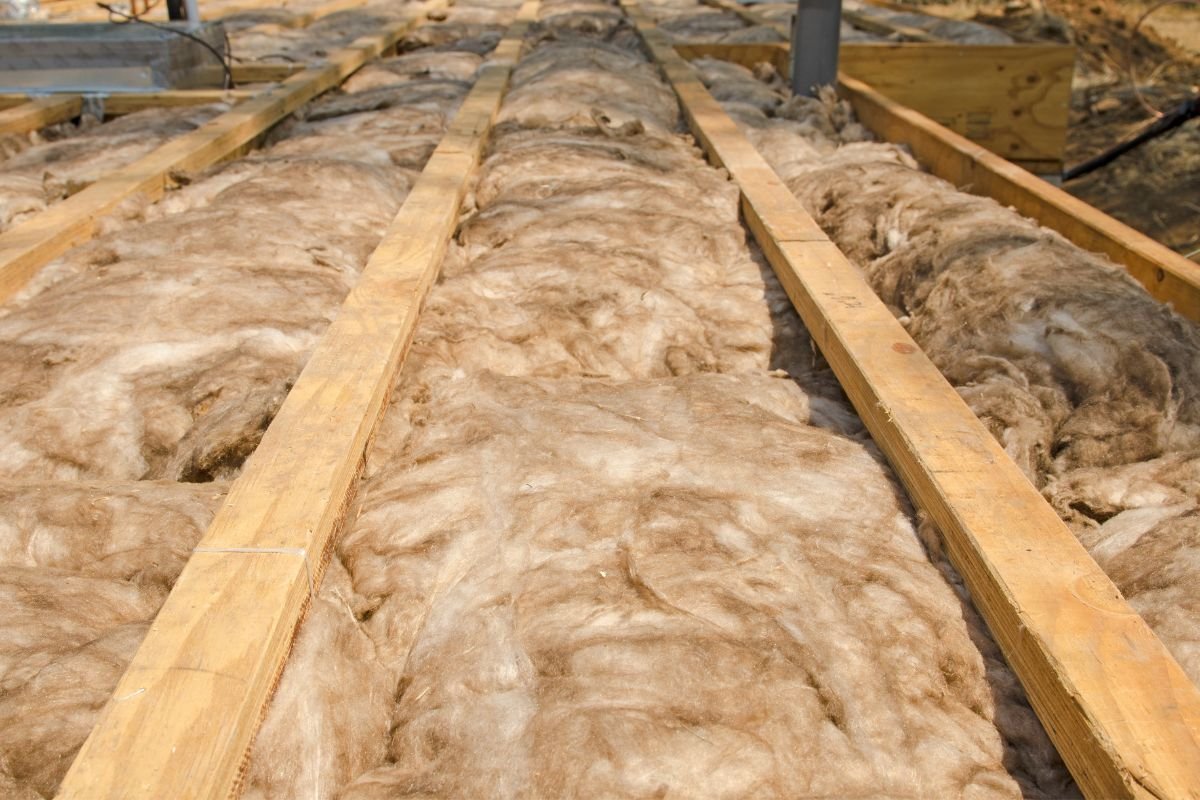
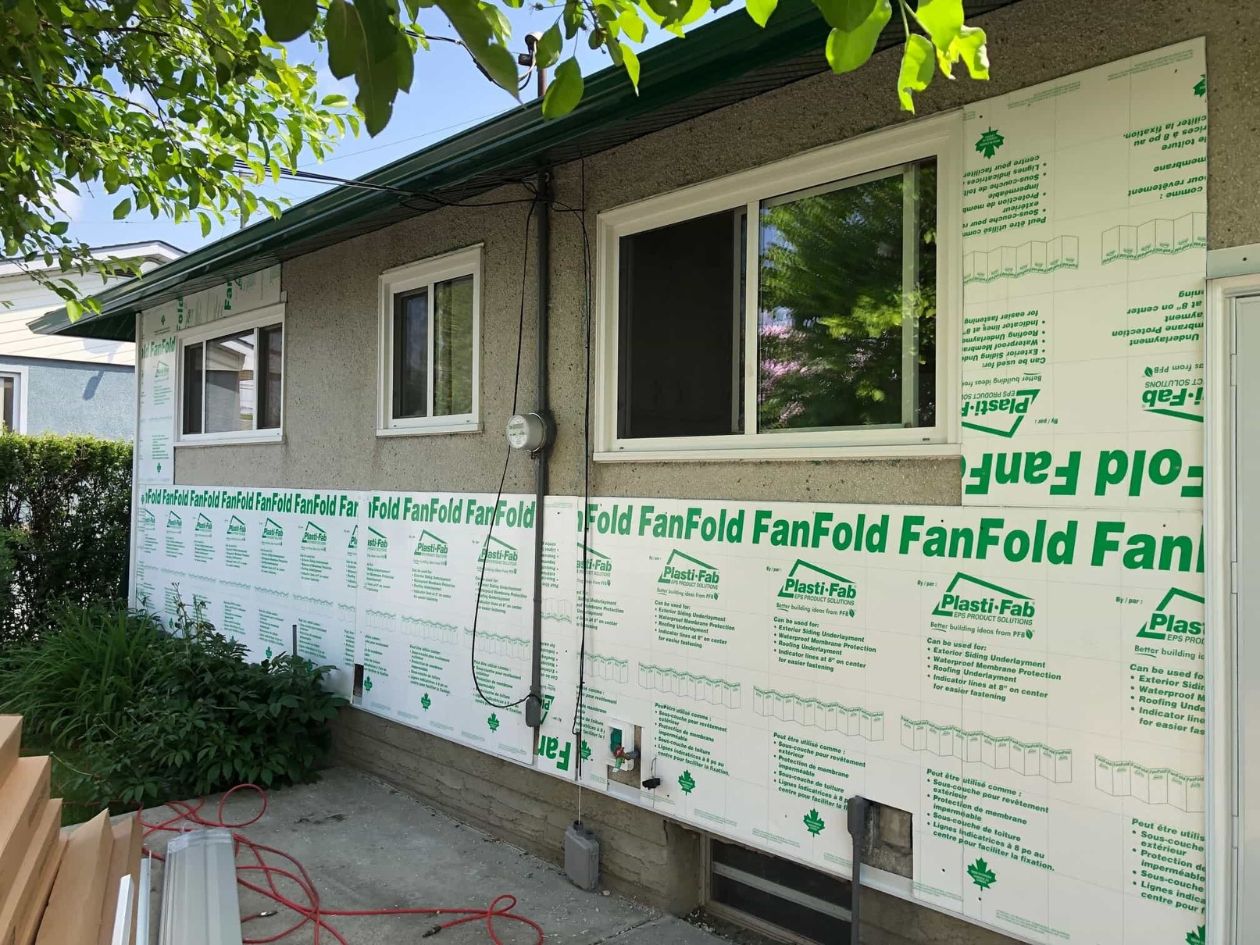
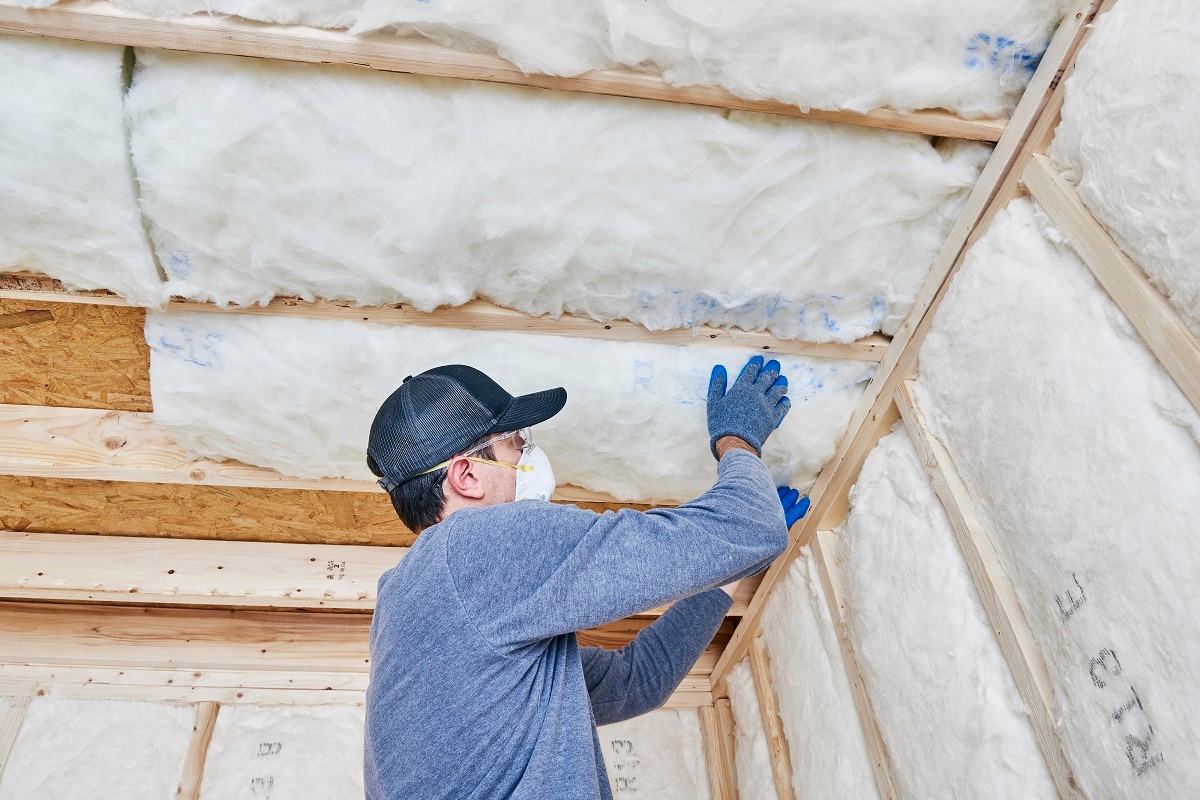
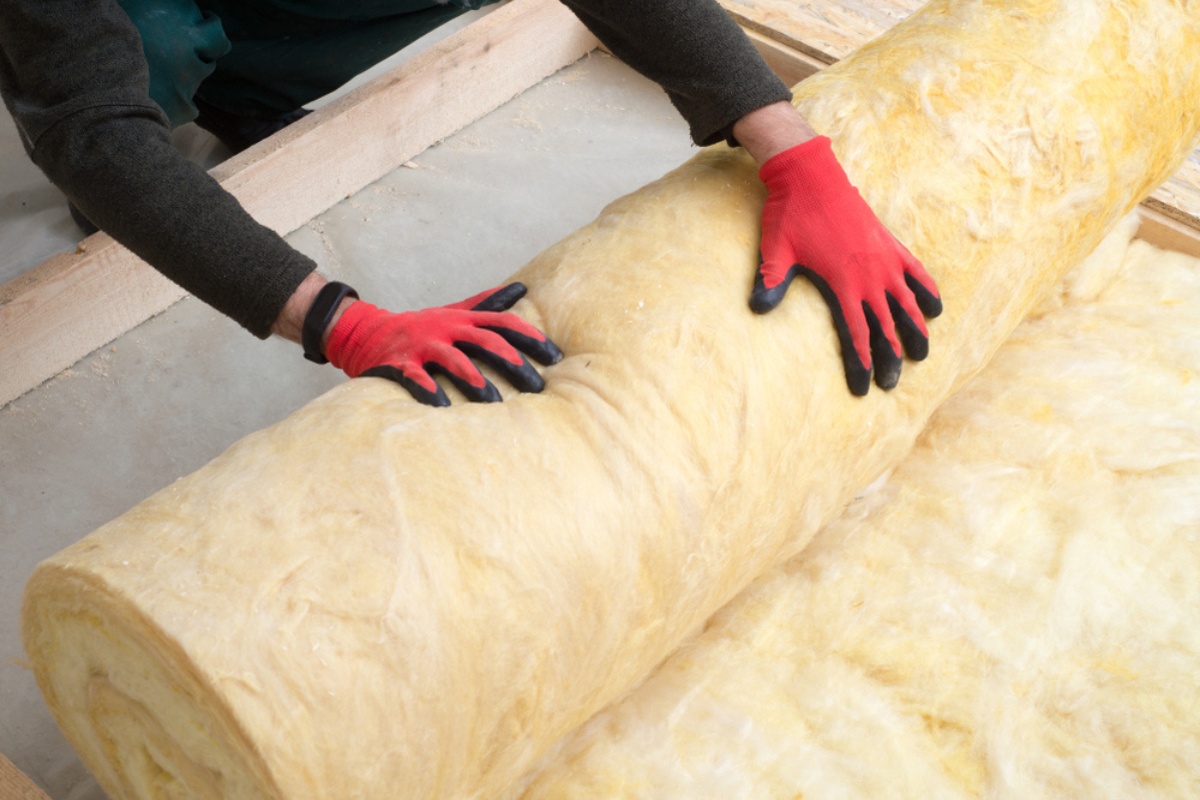
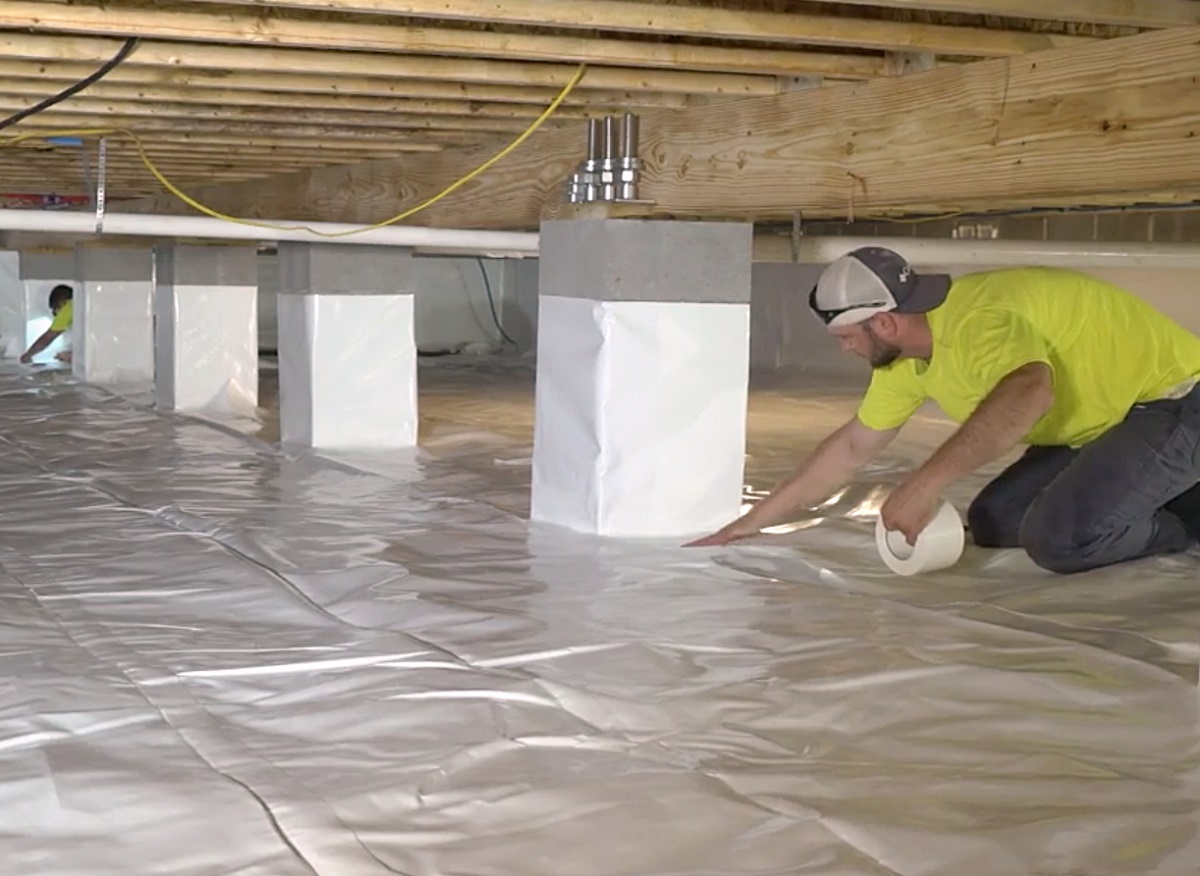
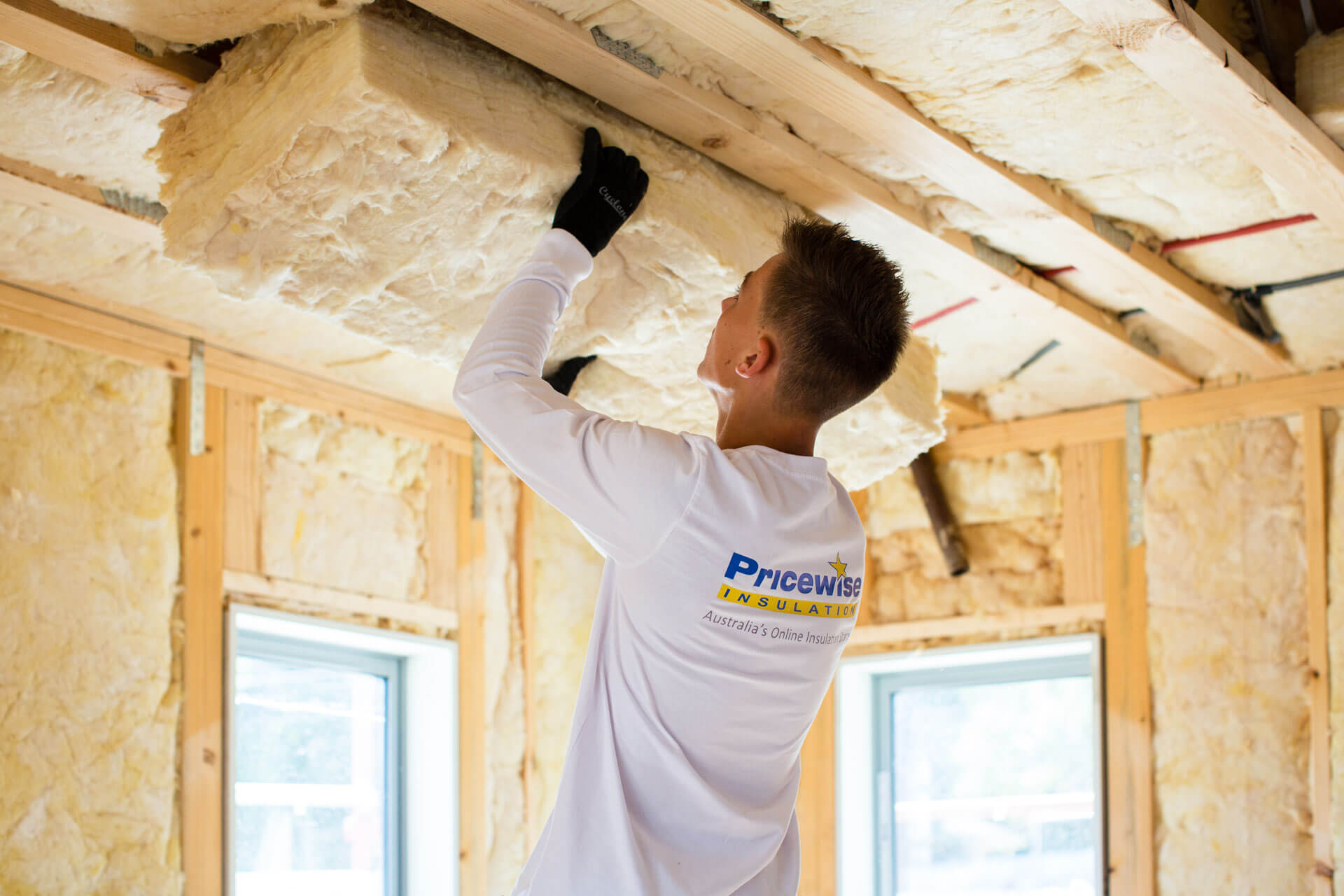
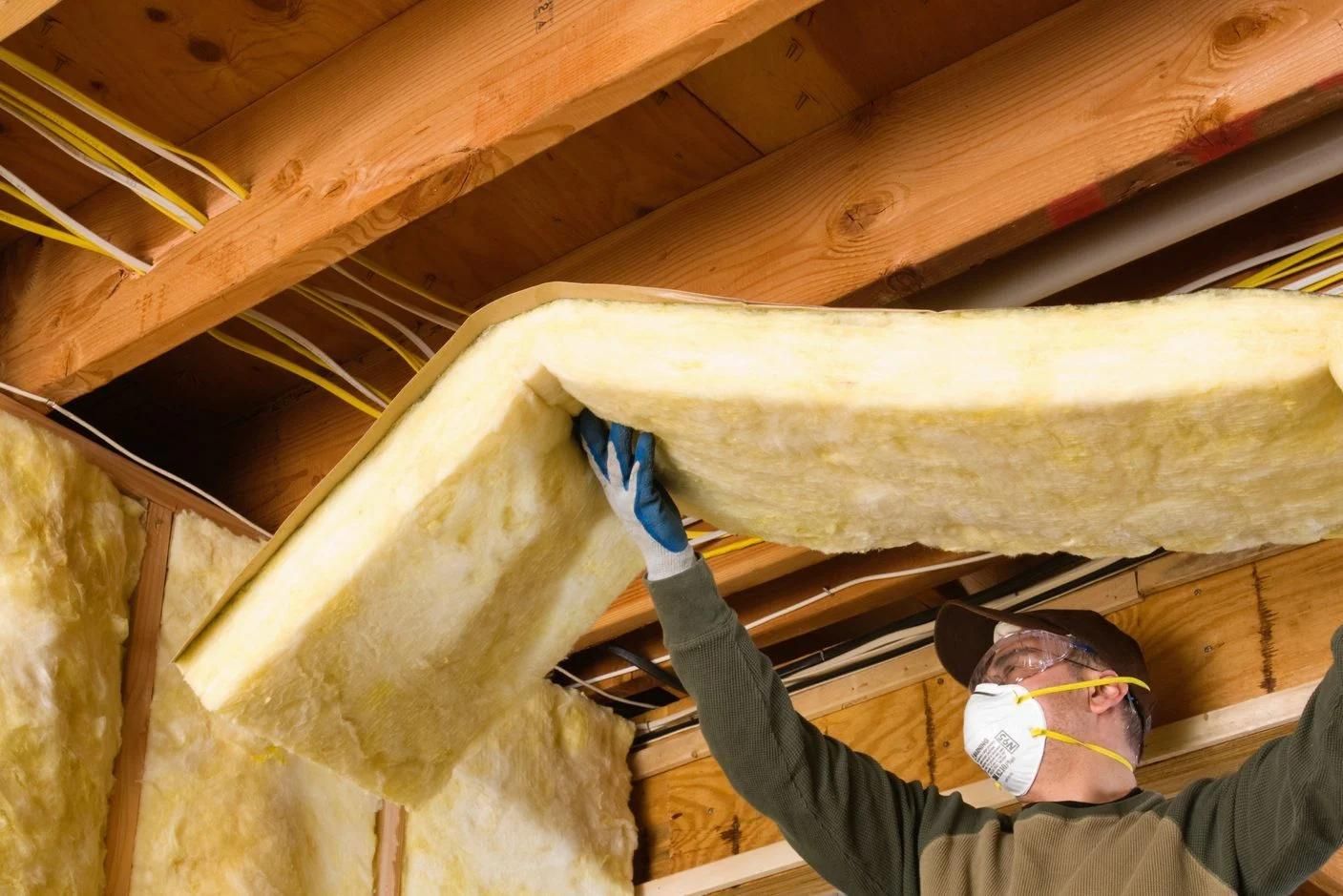
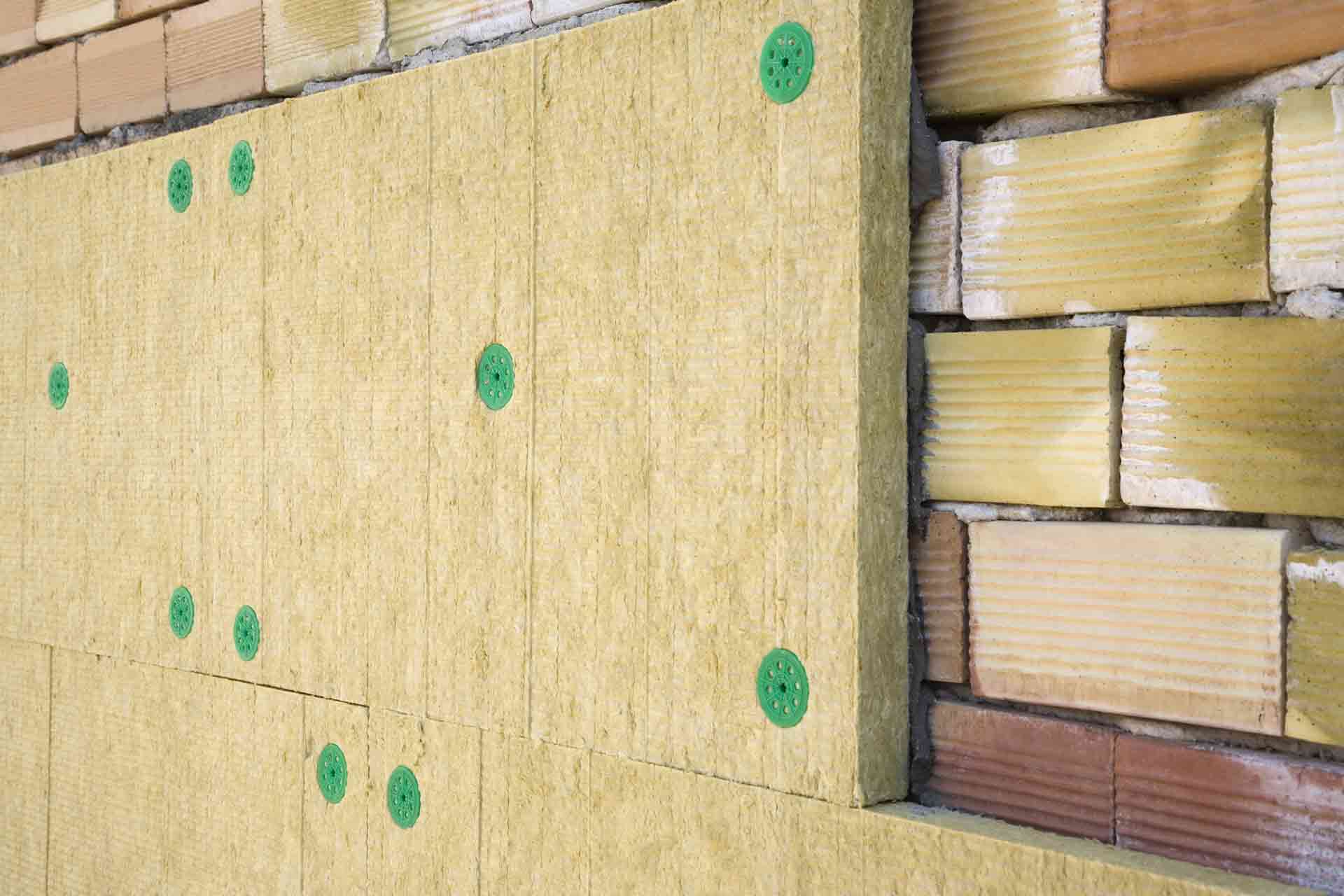

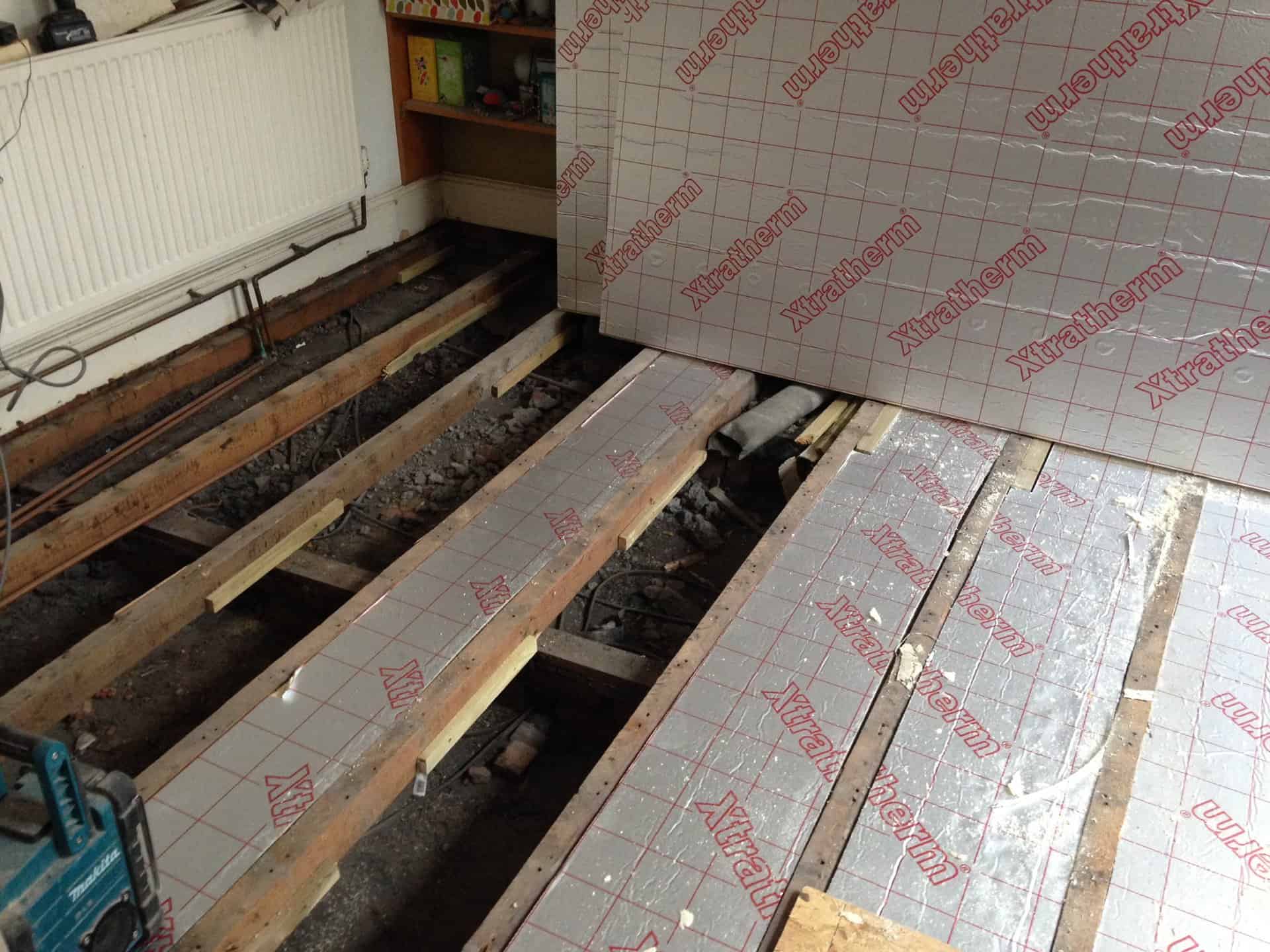
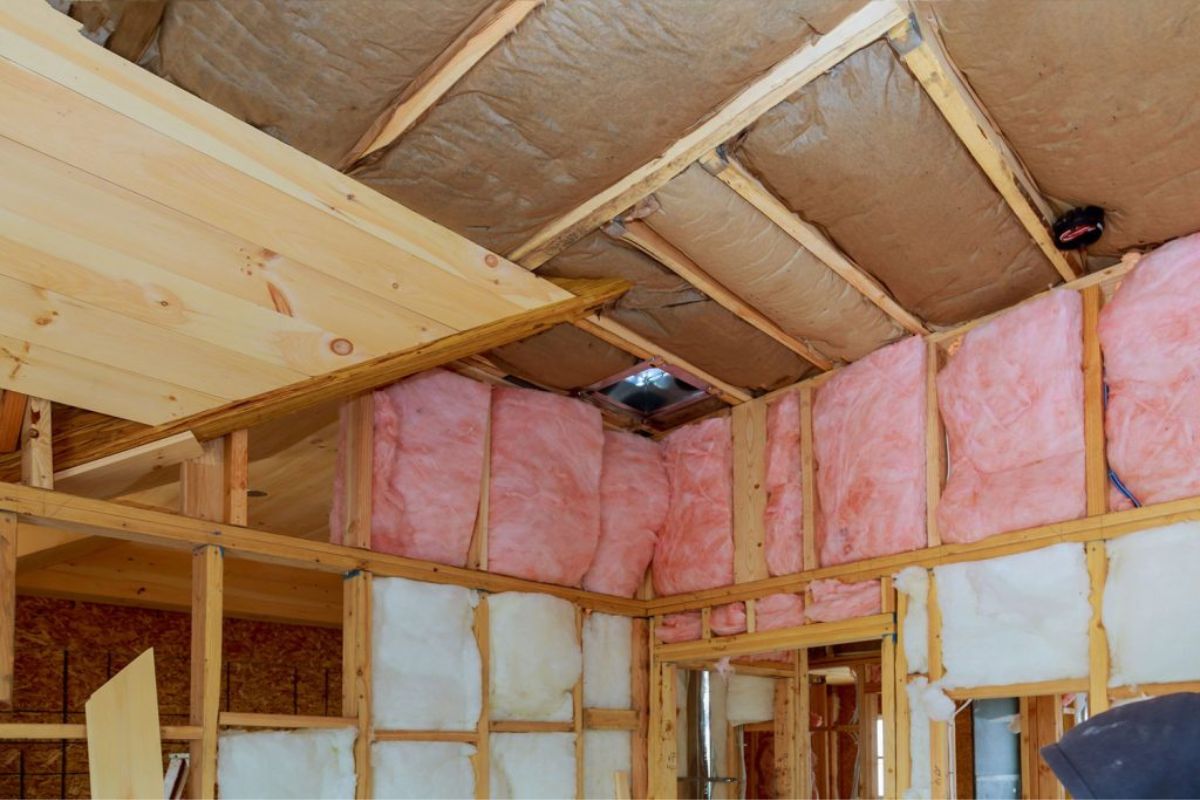
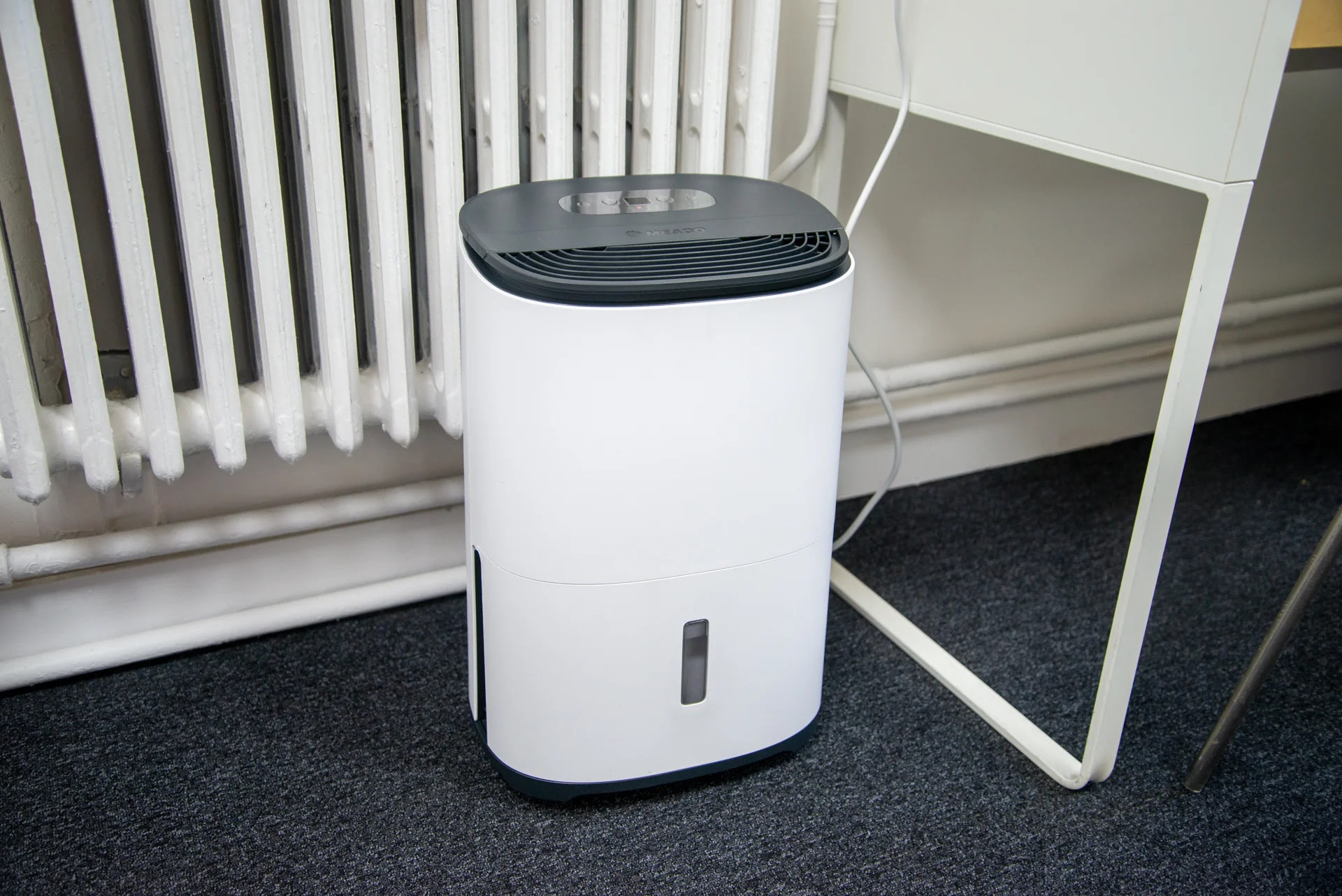
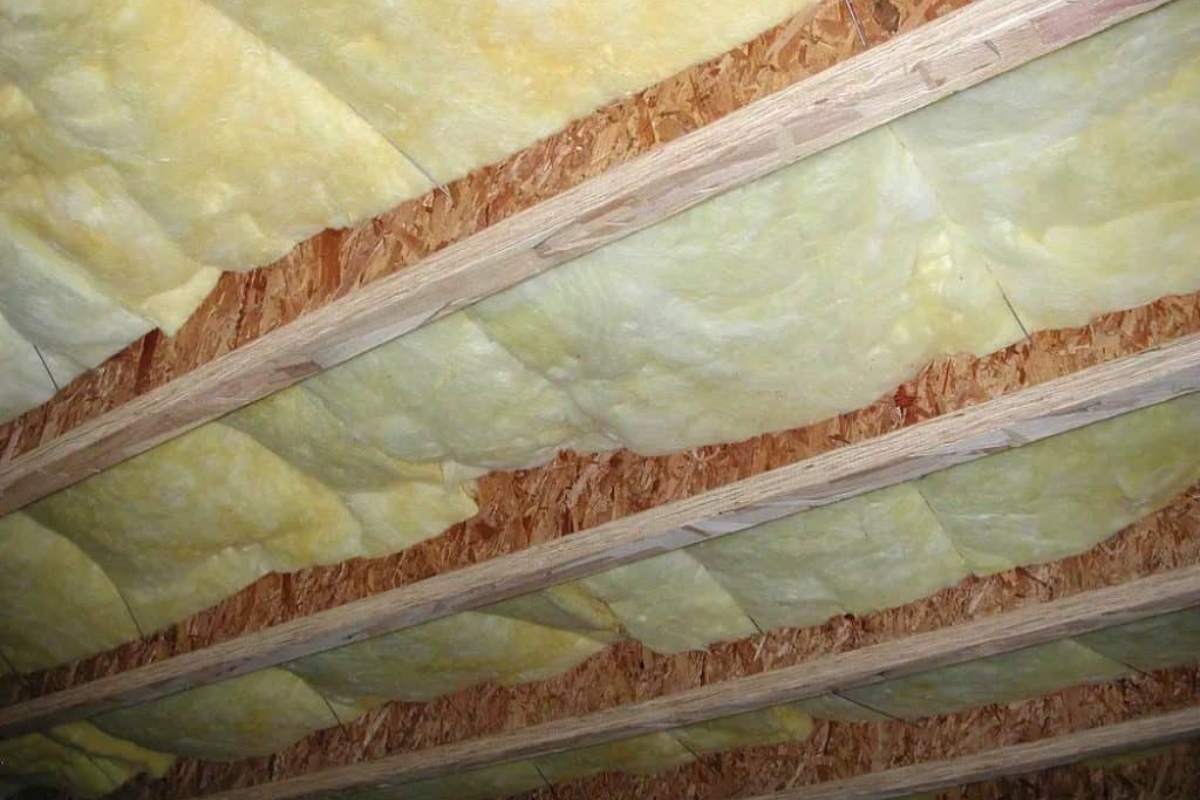

0 thoughts on “When To Use Encapsulated Insulation”